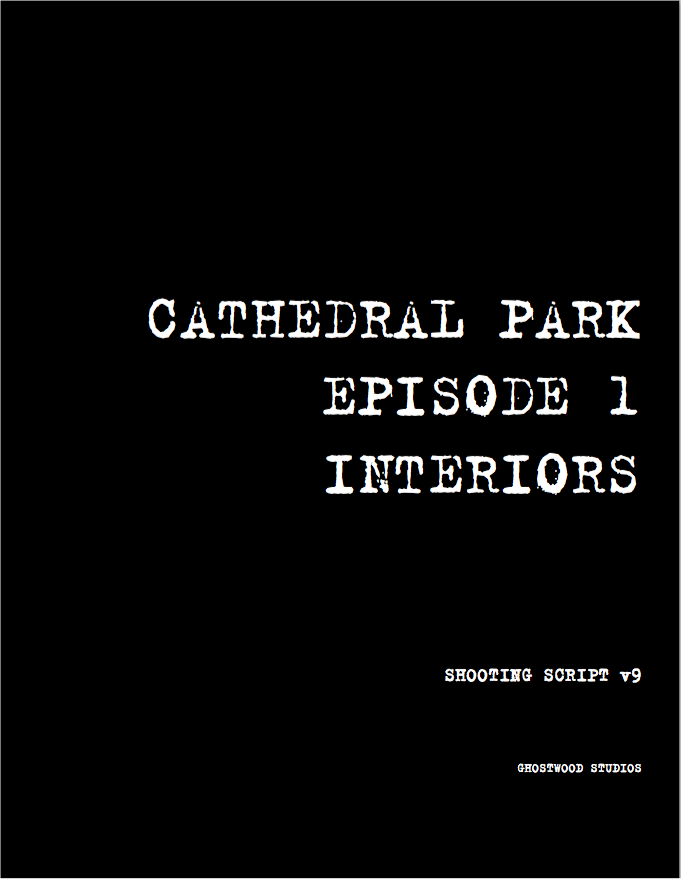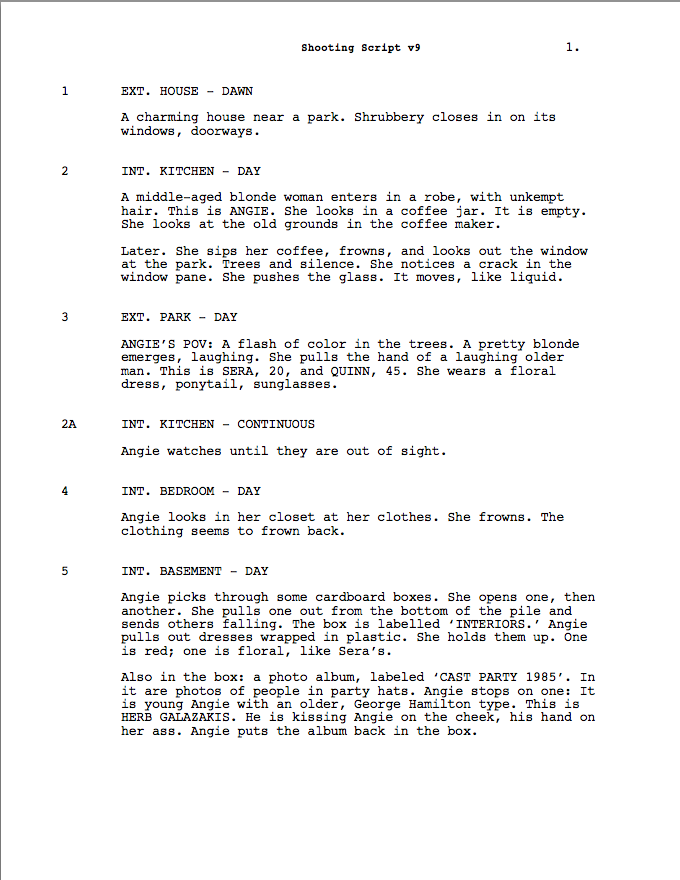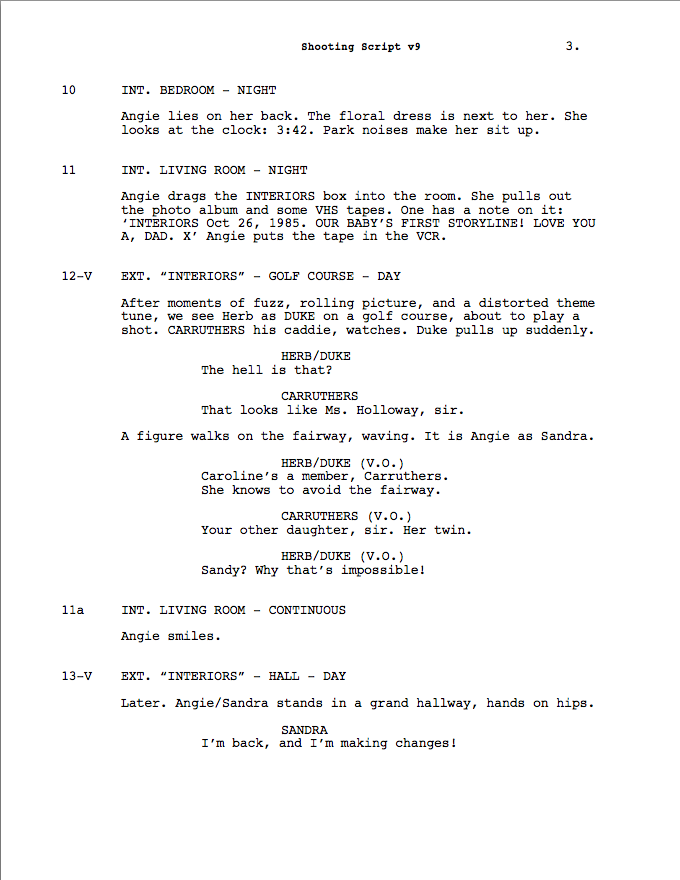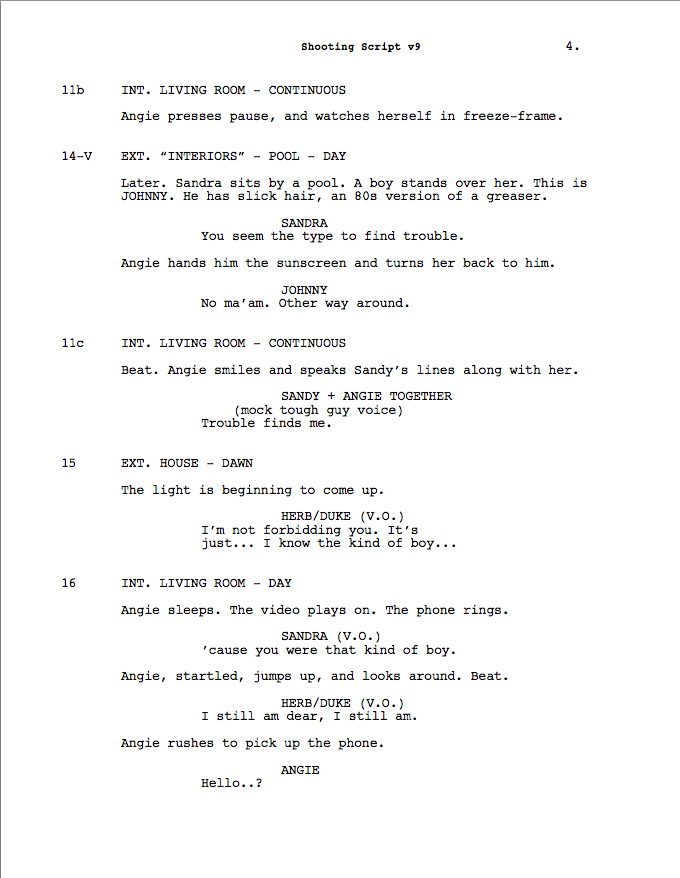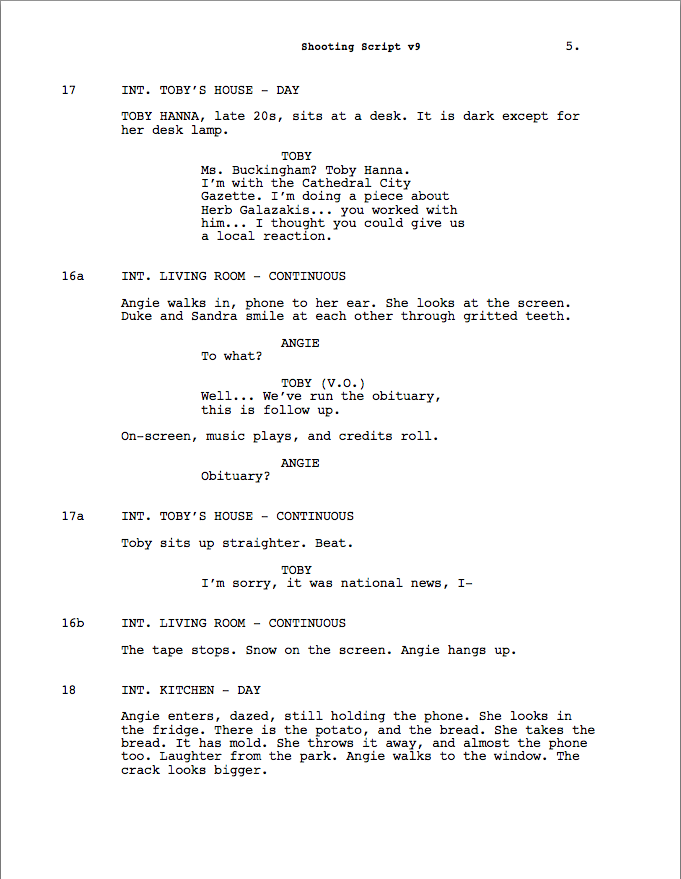I first met director Travis Blue in a Chinatown bar in 2015. Casually sauntering from the street, he reinforced a long-standing skepticism I’d held against the notion that you only have one chance to make a first impression; unassuming, standing about 5’9”, dressed cleanly, but in that gray area between what the youth would call “hipster” and “skater,” Travis projected a warm ease that made me feel immediately his equal. We sat down, procured whiskeys on the rocks and embarked on a deep drive through semiotics and cinema on a level I hadn’t enjoyed since film school. I liked him immediately.
For the previous five years I had been immersed in freelance agency work, finding it odd, even unsettling, that few of my colleagues seemed to talk about film or design theory. In fact, few of them seemed to even like movies much at all. To have a 20 minute long mutual ode to the lush Kodachrome stylistics of Sirkian melodramas, the austere poise of Sven Nyquist’s cinematography, gushing over Fassbender character collisions and the colour palettes of Caspar David Friedrich and Melville. By our second round of drinks, we had journeyed there and back again through a tontine of lost aesthetic realms.
A Seattle native, Travis had worked with David lynch on the iconic television series Twin Peaks which, as he elaborated, opened the door to a captivation with cinema and visual art that harbored him through a tumultuous early adulthood. Our respective early years set us up perfectly for a lifetime as black sheep, over which we bonded as the Sun achieved its zenith and arced back. I felt a kinship in biographical parallels; for me cameras had been a conduit to an everyday world I never felt truly a part of moving place-to-place as the introverted only-child of high-achieving jet-setting parents; a barrier through which I could peer into the machinery behind the world while remaining safely unseen. Art school was inevitable, predicated by a sort of terminal uniqueness out of the ordinary in our Yuppie Generation X umwelt.
As emissaries of that lost generation–the last truly analog generation–shoved into the cracks between the Baby Boomers and Millennials, our love story with ephemera felt timely in an era wherein even our medium was in the throes of an identity crisis. I had trained in filmmaking on S16mm and S35mm, every shot manual, every edit, an act of cutting and splicing. We had both grown up with the celluloid fever dreams of David Lynch, sharing a fascination with lost-era American kitsch as the residual spiritual image of a culture checkmated by globalisation. Cinema and Television presented semiotic haunts, wherein the masses sifted through a detritus of fading archetypes and gunfights for the quintessential capitalist soul; Hollywood’s corner stone is economic, not philosophical. The silver screen a golden path to reckoning the human condition either an accident, or baggage brought to the drive-ins by a public starved of meaning.
The menace of opulence looms over emerging secrets.
My interest in coming on board Cathedral Park as Director of photography was sealed with the clearness of its vision. Teaming up with writer and performance artist, Mark Savage, the script for Cathedral Park swelled lush with idiosyncratic characters who navigated (or didn’t) a broken-in universe of the tactile and analog. Angie’s descent into paranoia, her reactions to the extraordinary events playing out in the park, seemed primed–even predicted–by the roles she had played on daytime soaps; her final act merely the last beats of a well-blocked scene.
Cathedral Park, in Portland Oregon, named after the Lancet Gothic arches that support the St. John’s Bridge (1931).
“Soil is the memory of the land... because all of the things that have happened to the land over time are recorded, minutely or in broad strokes, within the soil”
Named for a green space in Portland, Oregon that lies in the shadow of an Art Deco bridge, Cathedral Park is the story of the residents of a small Oregon town whose residences all border the edge of a park with “supernatural rumblings.” Told over ten episodes, each spending time with a different character, it is the memory of land and the effect a place has on those who live near it that forms the through-line of Cathedral Park.
The pilot episode centers on Angie (Pat Janowski) “a washed up ex-daytime soap star,” losing her grip on reality after slowly going broke and witnessing a murder in park from her window. The killer walks, but knows Angie witnessed his crime; he lurks outside her house, casting her into agoraphobia and a VHS-haze of bygone days, “watching her younger self down a dead-ended memory lane.” Angie is perhaps to a degree informed by actual events, as the site of the very park for which the series is named played host to the grisly murder of 15-year-old Thelma Taylor in 1949.
New York Daily News. New York City, New York. August 12, 1949. p. 264
Underwriting it all was a certain fascination with the duality of celebrity; elevating the stars to demigod status while the public popped popcorn awaiting the fall. As America’s sense of itself wavered in the waning decades of The Cold War, a new generation of nihilistic archetypes deposed The Duke and Moses. The anti-hero. The vigilante. The aged-out starlet staring down the barrel of her looming irrelevance. The washed-up ex-somebody with a heart-of-gold; glamourising a state in which one lived fast and died young.
What Travis pitched to me next in the audile spaces between the metastasising irreverence of the bar mainlined into the very heart of why I wanted to be in the movie business in the first place; and it drank deep.
Even death takes on the glamour of Fantasy.
Peering through the veil of the profane.
Cathedral Park “Angie” opened Seattle’s 2016 Local Sightings Film Festival.
